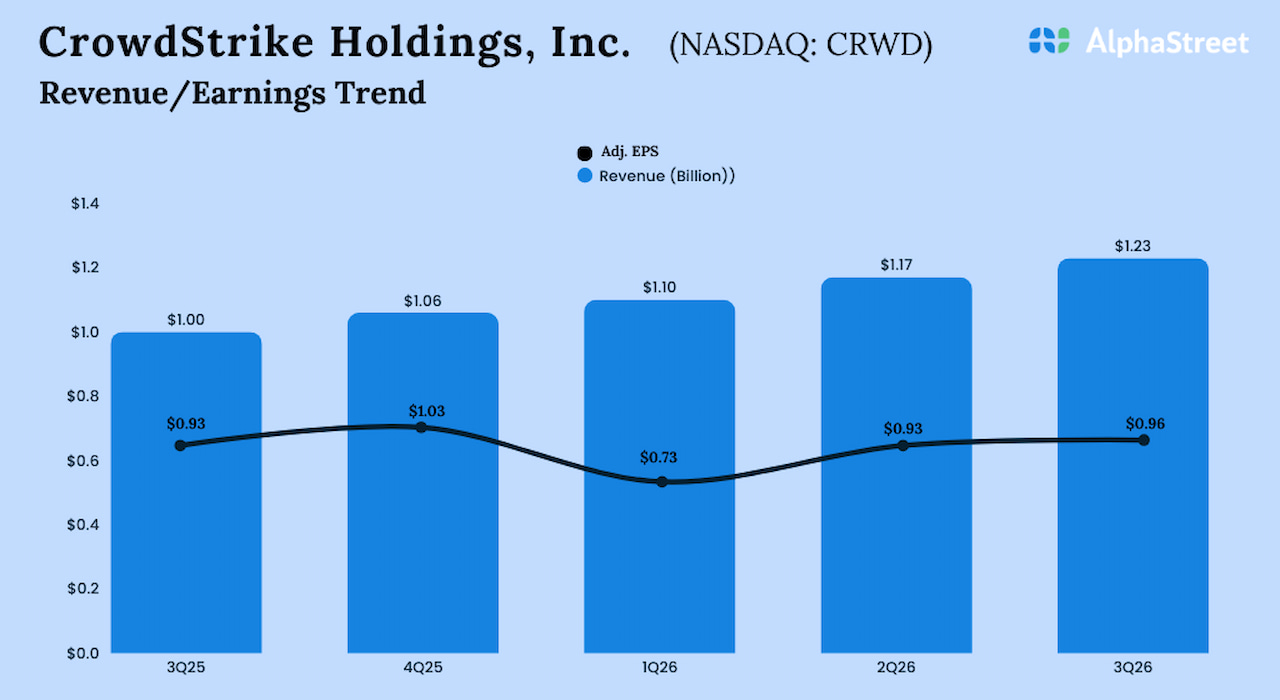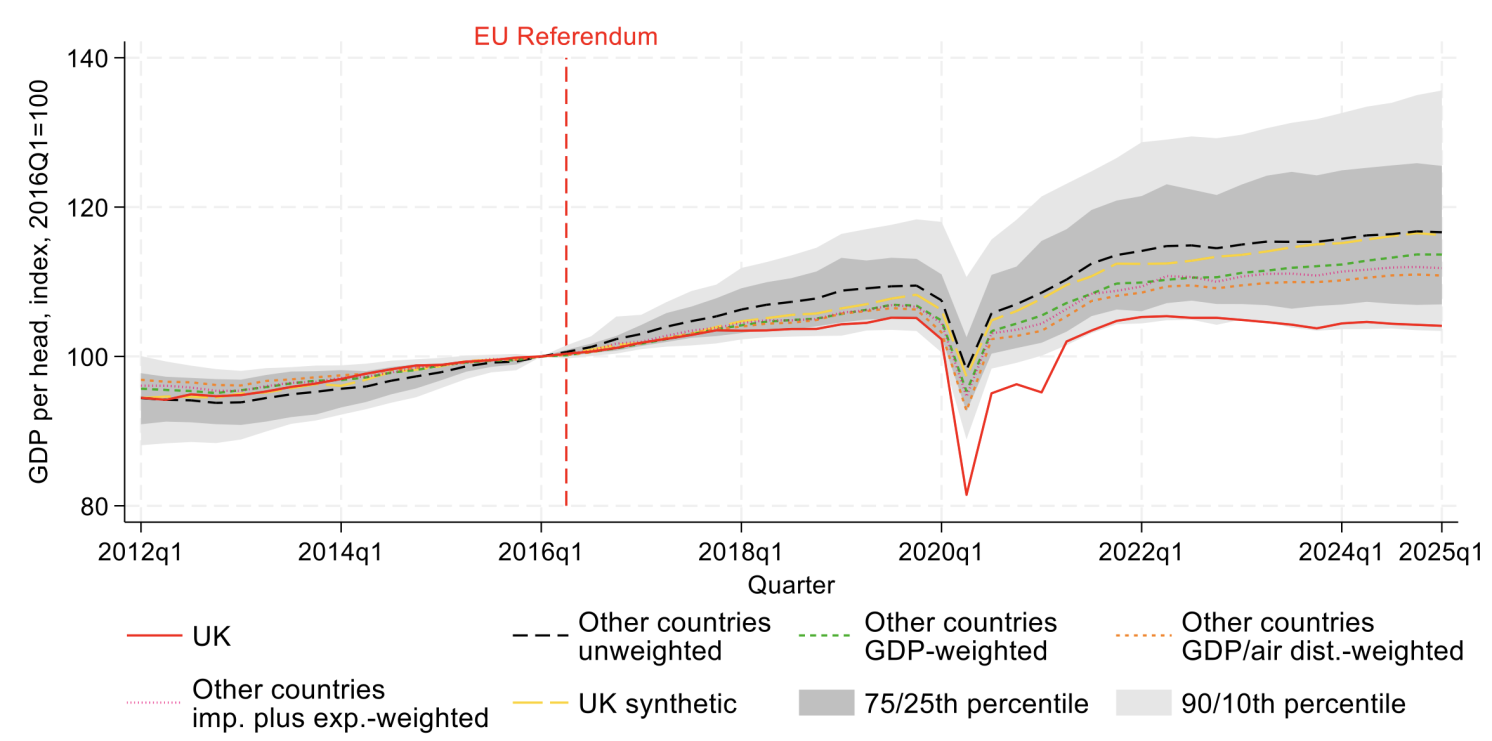Currently, 13 of the 27 EU Member States have a patent box regime in place. These are Belgium, Cyprus, France, Hungary, Ireland, Lithuania, Luxembourg, Malta, the Netherlands, Poland, Portugal, Slovakia, and Spain (federal, Basque Country, and Navarra). Non-EU countries Albania, Serbia, Switzerland, Turkey, and the United Kingdom have also implemented patent box regimes.
The reduced tax rates provided under patent box regimes range from 1.75 percent in Malta to 14.45 percent in France.
For comparison, the United States applies a preferential tax rate of 13.125 percent (instead of the 21 percent federal corporate income taxA corporate income tax (CIT) is levied by federal and state governments on business profits. Many companies are not subject to the CIT because they are taxed as pass-through businesses, with income reportable under the individual income tax.
rate) on foreign-derived intangible income (FDII), i.e., business income from exports related to intellectual property. Following federal US tax reform, FDII is set to be abolished by 2026.
In recent years, several European countries have repealed their patent boxes. Andorra phased out its patent box from 2018 to 2020. Italy repealed its patent box in 2021 and instead introduced a deduction for 230 percent of costs related to research and development. This represents a transition away from a benefit based on income (the patent box) to a benefit focused on investment or expenditure (the super-deduction). San Marino comes in as the most recent country in Europe to repeal both of its IP regimes in 2022.
Albania’s preferential rate for income from software development is set to run out by 2026.
In contrast, Portugal increased its corporate income tax exemption for patent income from 50 to 85 percent in 2022.
In 2015, OECD countries agreed on a so-called Modified Nexus Approach for IP regimes as part of Action 5 of the OECD’s Base Erosion and Profit Shifting (BEPS) Action Plan. This Modified Nexus Approach limits the scope of qualifying IP assets and requires a geographic link among R&D expenditures, IP assets, and IP income. To be in line with this approach, previously noncompliant countries have either abolished or amended their patent box regimes within the last few years.
Many European countries offer additional R&D incentives, such as direct government support, R&D tax credits, or accelerated depreciationDepreciation is a measurement of the “useful life” of a business asset, such as machinery or a factory, to determine the multiyear period over which the cost of that asset can be deducted from taxable income. Instead of allowing businesses to deduct the cost of investments immediately (i.e., full expensing), depreciation requires deductions to be taken over time, reducing their value and discouraging investment.
on R&D assets. The effective tax rates on IP income can therefore be lower than the ones stated in the respective patent box regimes.
Stay informed.
Get the latest tax data, news and analysis.
Subscribe





























